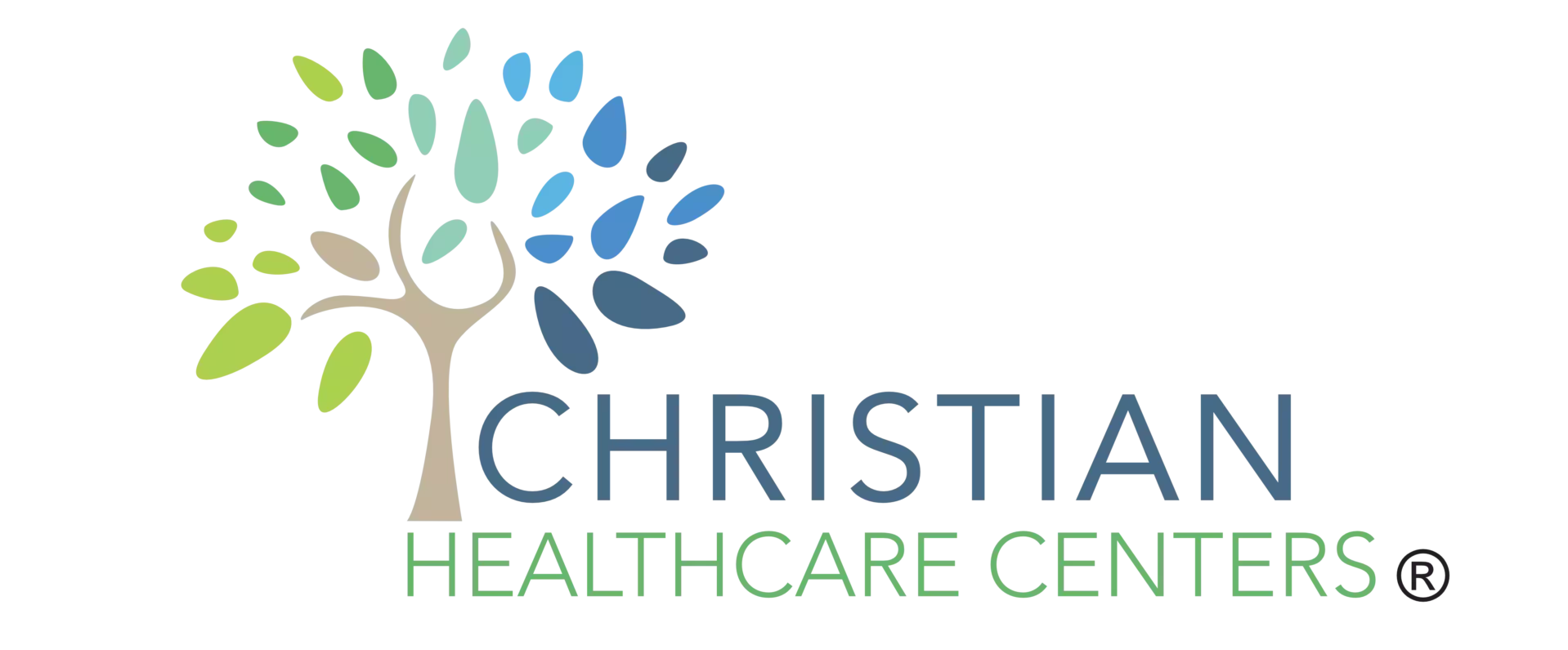Are you tired of watching your healthcare costs soar higher and higher, like a bird soaring in the sky with no end in sight? Well, fear not because we have the solution for you.
In this discussion, we will explore eight strategies for cutting costs with DPC models. These strategies are effective and practical, allowing you to control your healthcare expenses and make informed decisions.
So, buckle up and prepare to discover the secrets to saving money while still receiving high-quality healthcare.
Cost Analysis
Conducting a thorough cost analysis is essential to accurately assess the financial impact of implementing a Direct Primary Care (DPC) model. By examining the cost-saving measures and understanding the financial impact, you can make informed decisions about whether DPC is the right choice for you.
Cost analysis involves evaluating the expenses associated with implementing and maintaining a DPC model. This includes considering the upfront costs of setting up the necessary infrastructure, such as electronic health record systems and administrative support. It also involves analyzing ongoing costs, such as physician salaries, medications, and other medical supplies.
One of the key benefits of DPC is its potential to reduce overall healthcare costs. By providing comprehensive primary care services, DPC models aim to prevent unnecessary hospitalizations and emergency room visits. This can result in significant cost savings for both patients and insurers.
When conducting a cost analysis, it’s important to consider the potential financial impact of implementing DPC on different stakeholders. For patients, DPC can lead to lower out-of-pocket expenses, reduced copayments, and potentially lower premiums. For insurers, DPC can result in decreased claims and overall healthcare costs.
In addition to cost savings, DPC models can also improve the quality of care and patient satisfaction. DPC can lead to better health outcomes and increased patient engagement by focusing on preventive care and building stronger patient-doctor relationships.
Preventive Care Focus
By prioritizing preventive care, DPC models aim to address health issues and promote overall well-being proactively. Patient engagement plays a crucial role in achieving this goal. DPC practices encourage patients to take an active role in their healthcare journey by providing them with the necessary tools and education to make informed decisions about their health.
Wellness programs are an integral part of the preventive care focus in DPC models. These programs are designed to empower individuals to adopt healthy lifestyle habits and prevent the onset of chronic diseases. They often include services such as health screenings, nutritional counseling, and fitness classes. By participating in these programs, patients improve their overall well-being and reduce their healthcare costs in the long run.
In a DPC setting, patients have the opportunity to develop a strong relationship with their primary care provider. This relationship fosters trust and encourages open communication, allowing for more effective preventive care. Physicians can provide personalized guidance and support, helping patients set and achieve health goals. Regular check-ups and screenings become a collaborative effort, with both the patient and the provider working together to prevent potential health issues.
Furthermore, DPC models often offer extended appointment times, allowing physicians to thoroughly assess a patient’s health and provide comprehensive preventive care services. This approach ensures that no health concern goes unnoticed or untreated, promoting early detection and intervention.
Streamlined Administrative Processes
Streamlined administrative processes are one way to improve efficiency and reduce costs in DPC models. By implementing automated documentation and efficient billing systems, you can simplify and expedite the administrative tasks associated with running a healthcare practice.
Automated documentation software allows you to quickly and accurately record patient information, medical histories, and treatment plans. This eliminates the need for manual data entry and reduces the risk of errors. With a few clicks, you can generate comprehensive, up-to-date patient records, saving you time and ensuring that you have the information you need at your fingertips. This streamlined process also improves communication and coordination among healthcare providers, leading to better patient care and outcomes.
Efficient billing systems are another essential component of streamlined administrative processes. By automating the billing process, you can ensure accurate and timely submission of claims, reducing the chances of denials and delays in reimbursement. This improves cash flow and minimizes administrative overhead and the need for additional staff to handle billing tasks. With efficient billing, you can focus more on delivering quality care to your patients and less on paperwork and financial management.
Incorporating automated documentation and efficient billing systems into your DPC model can significantly improve your practice’s efficiency and reduce costs. By simplifying administrative tasks, you can save time, reduce errors, and improve overall patient care. Additionally, these streamlined processes can lead to better financial outcomes, ensuring that your practice remains financially sustainable while providing high-quality healthcare services.
Negotiated Lab and Medication Costs
Lower lab and medication costs can also improve efficiency and reduce costs in DPC models. Strategically negotiating with labs and pharmaceutical companies can significantly reduce the expenses associated with these essential components of healthcare.
Here are some strategies to help you achieve lab cost reduction and medication cost savings:
Collaborate with local labs: Building strong relationships with local labs can provide you with the opportunity to negotiate better pricing. By partnering with labs in your community, you can potentially secure discounted rates for lab tests, allowing you to pass on those savings to your patients.
Seek bulk purchasing options: Negotiating with pharmaceutical companies for bulk purchasing options can lead to substantial savings on medication costs. By purchasing medications in larger quantities, you can often secure lower prices per unit, ultimately reducing the overall cost of medications for your patients.
Explore generic alternatives: Encouraging the use of generic medications can significantly reduce medication costs without compromising quality. Generics are often more affordable than brand-name drugs, and they’re equally effective. Educate your patients about the benefits of generic alternatives, and work with them to find cost-effective solutions for their medication needs.
Reduced Hospitalization Rates
Reducing hospitalization rates can lead to significant cost savings and improved patient outcomes. By minimizing the need for hospital readmissions, healthcare utilization can be optimized, resulting in reduced healthcare costs and better overall health for patients.
One key strategy to reduce hospitalization rates is proactive and preventive care. By focusing on preventative measures such as regular check-ups, screenings, and vaccinations, potential health issues can be identified and addressed early on, reducing the likelihood of hospitalization. This approach saves costs and promotes a sense of belonging within a community that values proactive healthcare.
Another important factor in reducing hospitalization rates is the implementation of care coordination and care management programs. These programs involve a multidisciplinary approach involving primary care physicians, specialists, and other healthcare providers to ensure that patients receive the appropriate care at the right time. By coordinating care and managing chronic conditions effectively, hospital readmissions can be minimized, resulting in cost savings and improved patient satisfaction.
Furthermore, patient education and engagement play a crucial role in reducing hospitalization rates. By empowering patients with knowledge about their conditions and self-management strategies, they’re better equipped to make informed decisions about their health. This sense of empowerment fosters a sense of belonging within a healthcare community that values patient-centered care, leading to improved patient outcomes and reduced hospitalizations.
Telemedicine Integration
Integrating telemedicine into healthcare practices enhances accessibility and improves patient care. With the advancement of technology, remote consultations and virtual healthcare have become more prevalent, offering numerous benefits for patients like you. Here are three ways in which telemedicine integration can positively impact your healthcare experience:
Convenience: Telemedicine allows you to have consultations with healthcare providers from the comfort of your own home. No longer do you have to endure long commutes or wait times at the clinic. With just a few clicks, you can connect with a healthcare professional and receive the care you need, saving you time and effort.
Accessibility: Telemedicine breaks down geographical barriers, ensuring that quality healthcare is accessible to everyone. Whether you live in a remote area or have limited mobility, virtual healthcare offers you the opportunity to receive medical advice and treatment without the need for physical travel. This inclusivity ensures that you aren’t left out and can access the care you deserve.
Continuity of Care: Telemedicine integration allows for seamless continuity of care. You can have follow-up appointments with your healthcare provider without the need to visit the clinic in person. This ensures that your medical history is readily available to your provider, allowing for more informed and personalized care.
Chronic Disease Management
Managing chronic diseases effectively is crucial for maintaining your health and well-being. With the rise in the prevalence of chronic conditions such as diabetes, hypertension, and heart disease, it has become increasingly important to implement strategies that promote patient engagement and personalized care. By actively involving patients in their own treatment plans and tailoring healthcare services to their individual needs, healthcare providers can improve outcomes and reduce costs.
One effective approach in chronic disease management is the use of patient engagement strategies. These strategies aim to empower patients to take an active role in their own healthcare by providing them with the knowledge, skills, and resources they need to manage their condition effectively. This can include education on lifestyle modifications, self-monitoring techniques, and medication adherence. By engaging patients in their care, healthcare providers can foster a sense of ownership and responsibility, leading to better treatment outcomes and reduced healthcare utilization.
Another essential aspect of chronic disease management is the delivery of personalized care. Each patient is unique, with different needs, preferences, and goals. By tailoring treatment plans and interventions to the individual, healthcare providers can ensure that patients receive the most effective and appropriate care. Personalized care can involve the use of technology, such as wearable devices and remote monitoring systems, to track patients’ health status and provide real-time feedback. It can also include regular check-ins and communication with healthcare providers to address any concerns or make necessary adjustments to the treatment plan.
Patient Education and Empowerment
One effective way to promote patient engagement and empower individuals in their healthcare is through education and providing them with the necessary resources and knowledge. By educating patients and empowering them to take an active role in their own care, they can make informed decisions and actively participate in their treatment plans.
Here are three ways patient education and empowerment can contribute to better patient engagement and self-care promotion:
Increasing Health Literacy: Educating patients about their health conditions, treatment options, and self-care techniques can improve their understanding and ability to manage their health effectively. By providing clear and concise information, patients can make informed decisions and take control of their well-being.
Promoting Shared Decision Making: Patient education helps individuals become active participants in their healthcare journey. When patients are educated about their options, they can collaborate with healthcare providers to make decisions that align with their preferences and values. This shared decision-making process fosters a sense of belonging and empowers patients to take ownership of their health.
Providing Resources and Tools: Equipping patients with resources and tools, such as educational materials, online platforms, and mobile applications, can empower them to monitor their health, track progress, and engage in self-care activities. These resources enable patients to become partners in their own care, resulting in improved outcomes and reduced healthcare costs.
Wrap-Up
By implementing various strategies, you can significantly cut costs with Direct Primary Care (DPC) models.
Focusing on preventive care, streamlining administrative processes, negotiating lab and medication costs, and reducing hospitalization rates can save money.
Integrating telemedicine and managing chronic diseases effectively also contribute to cost reduction.


